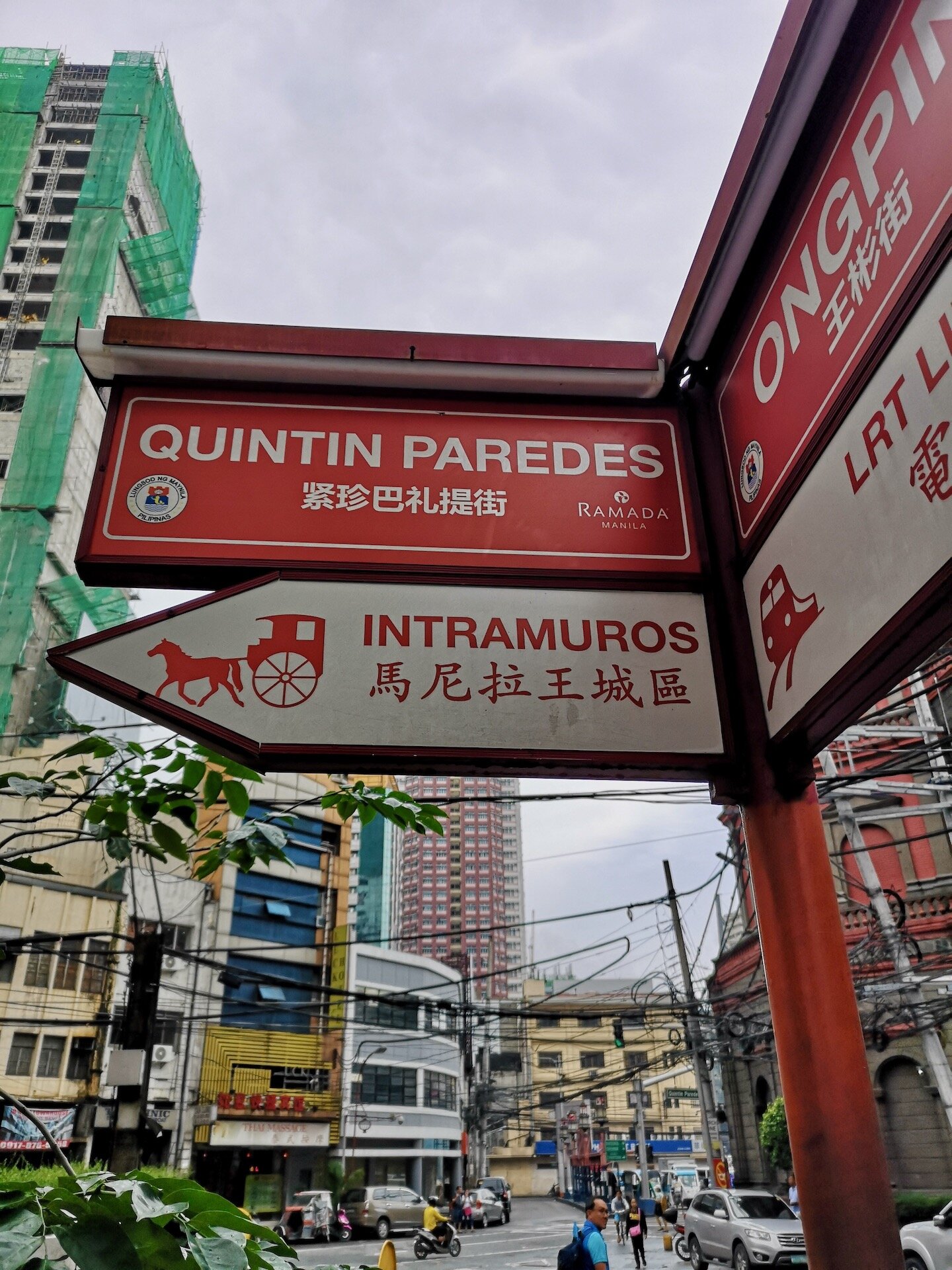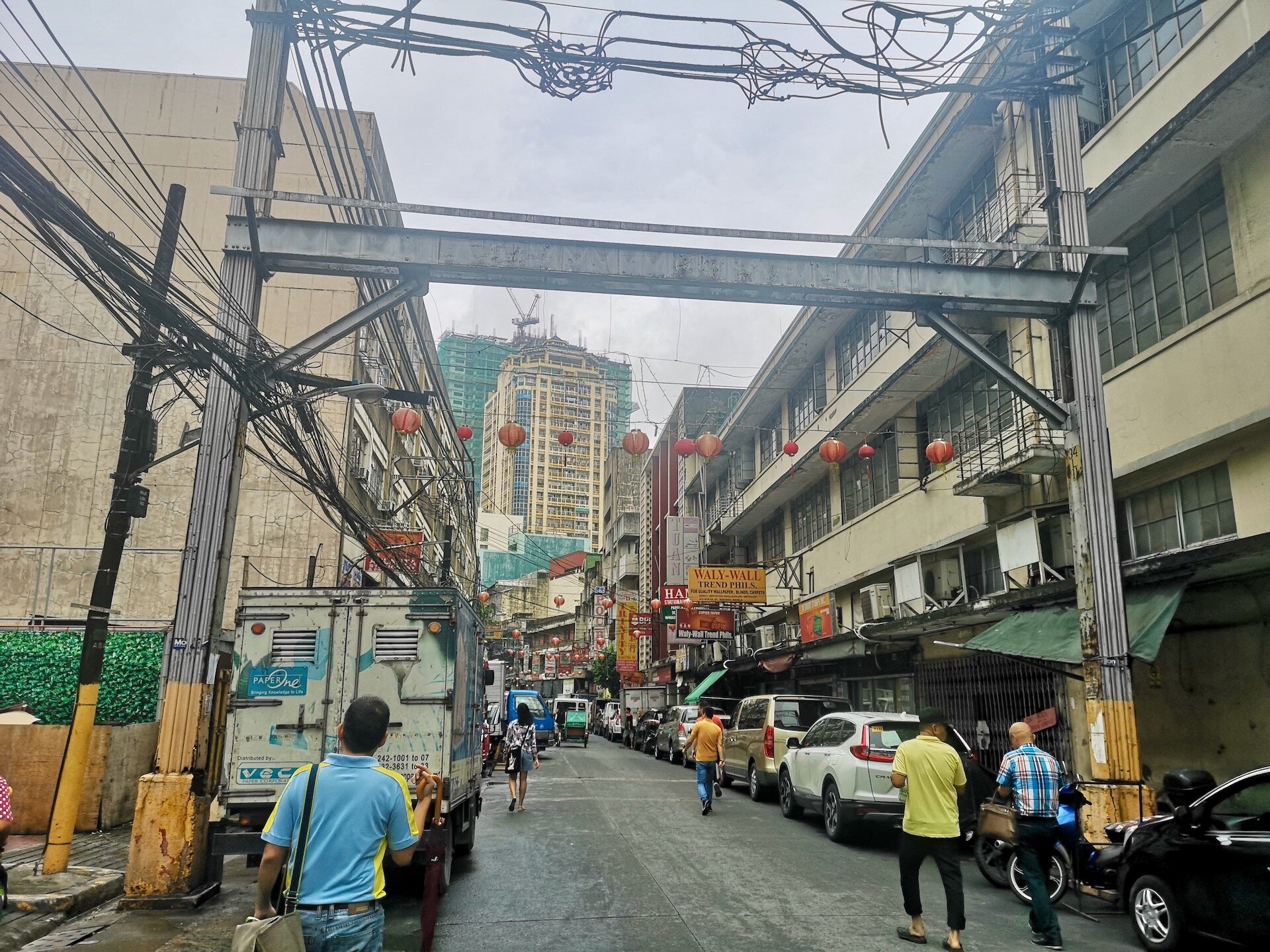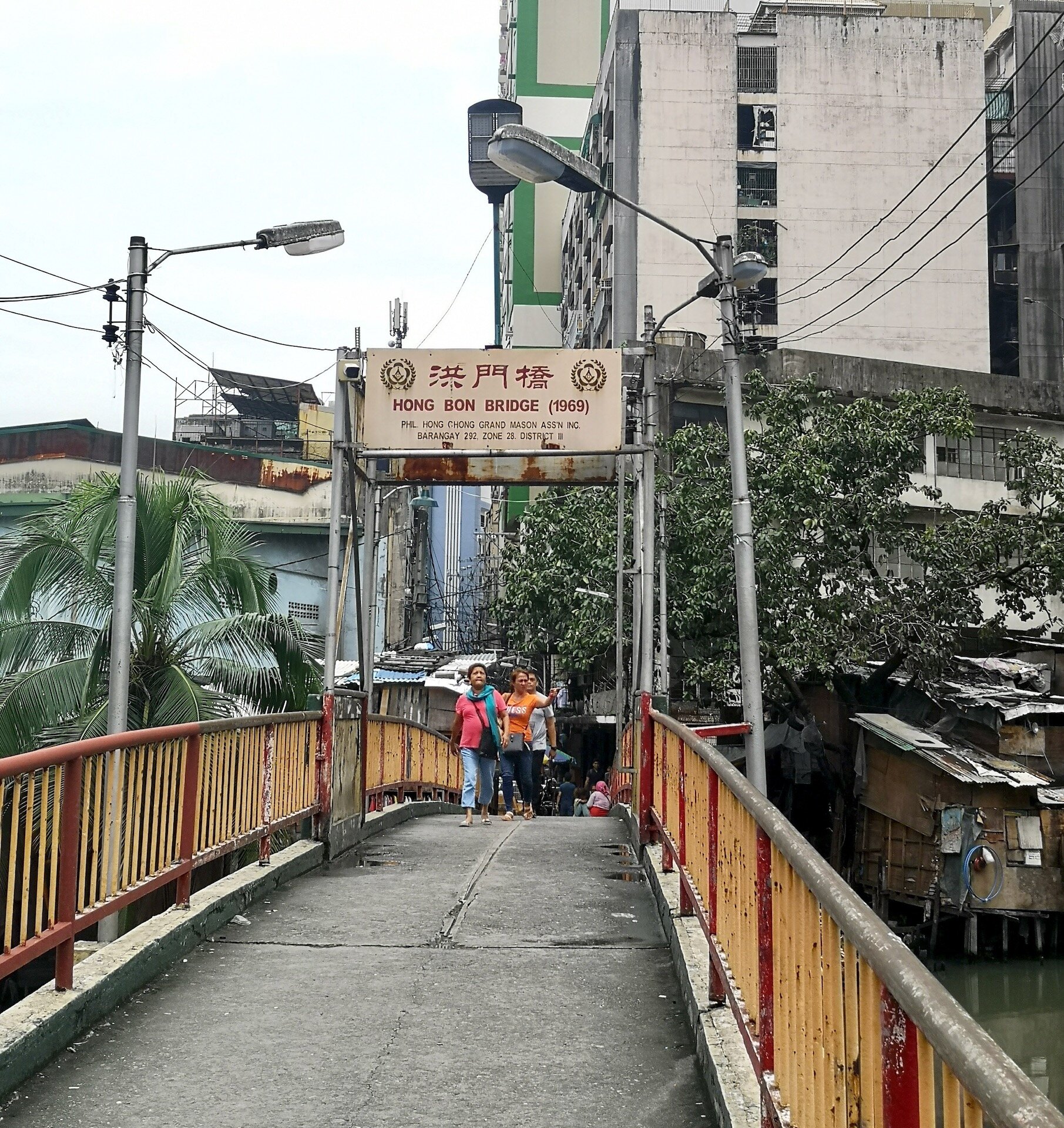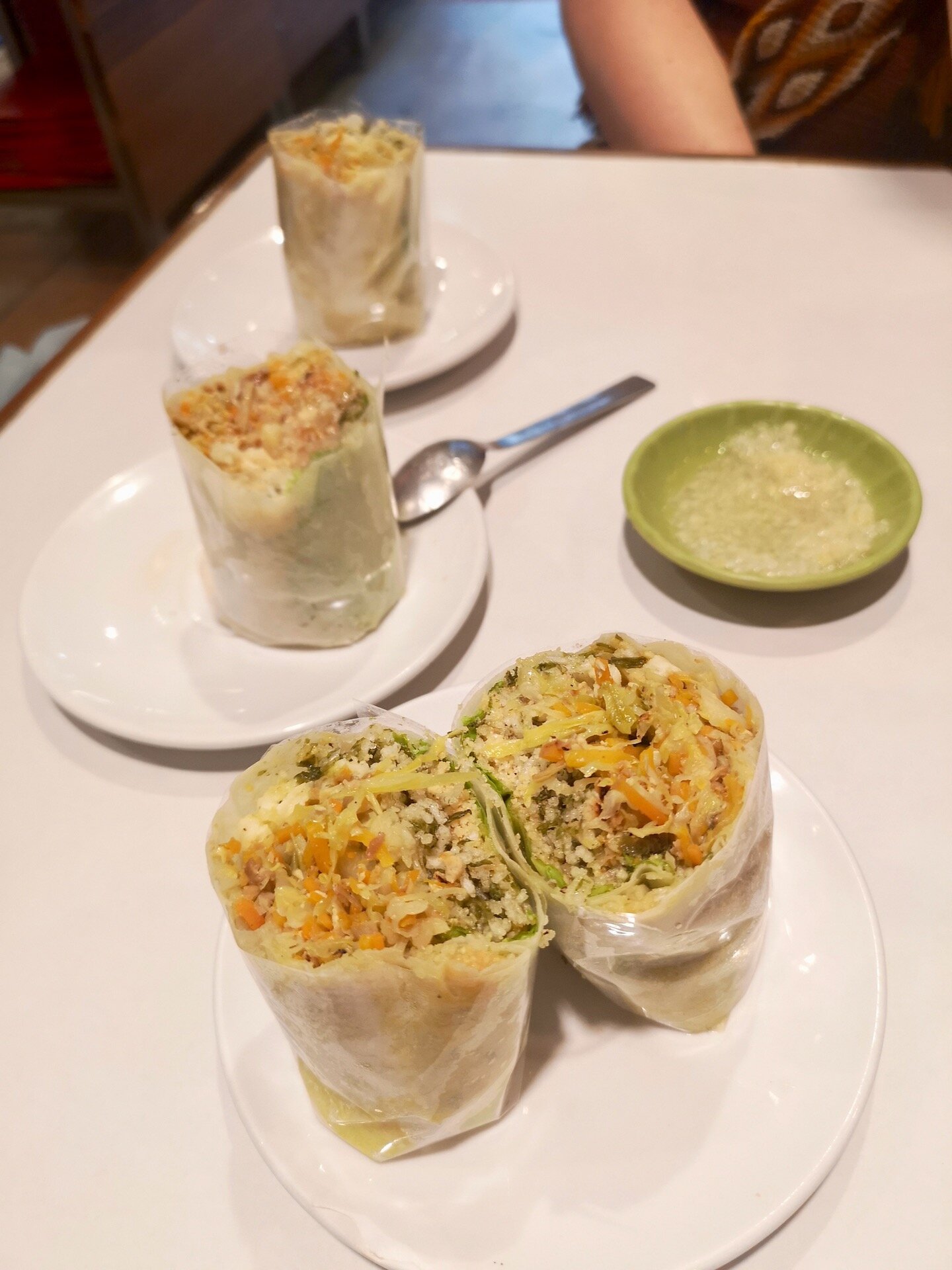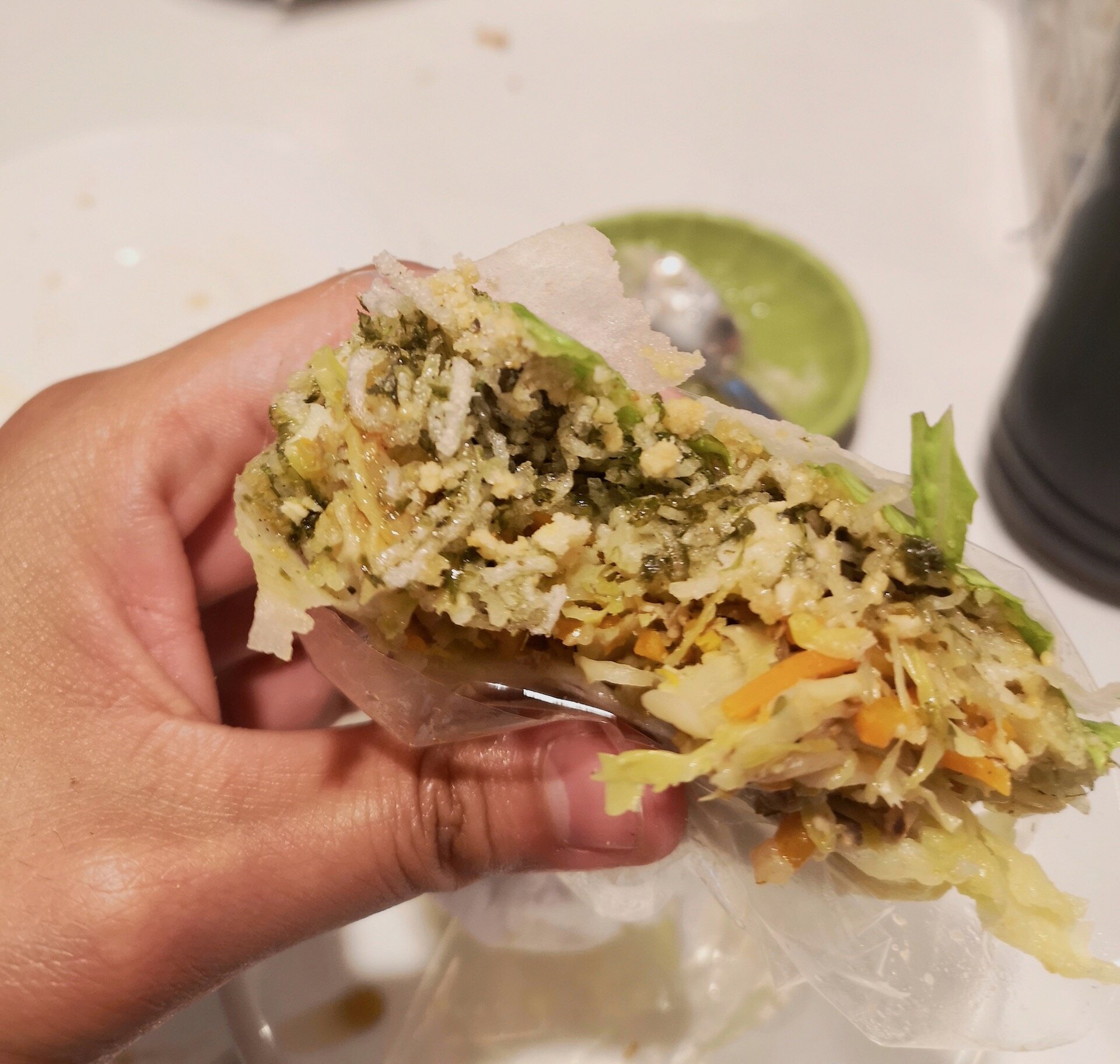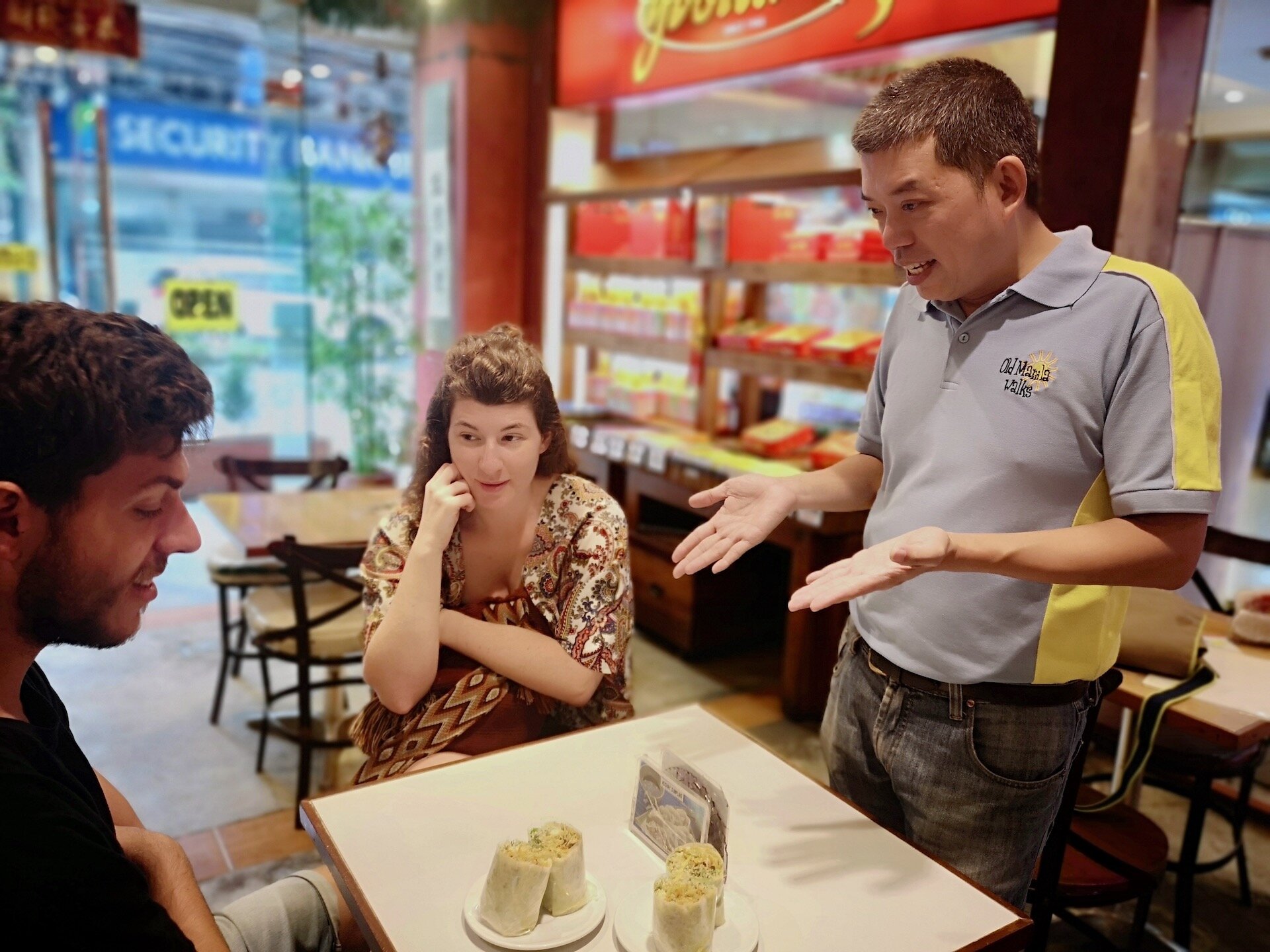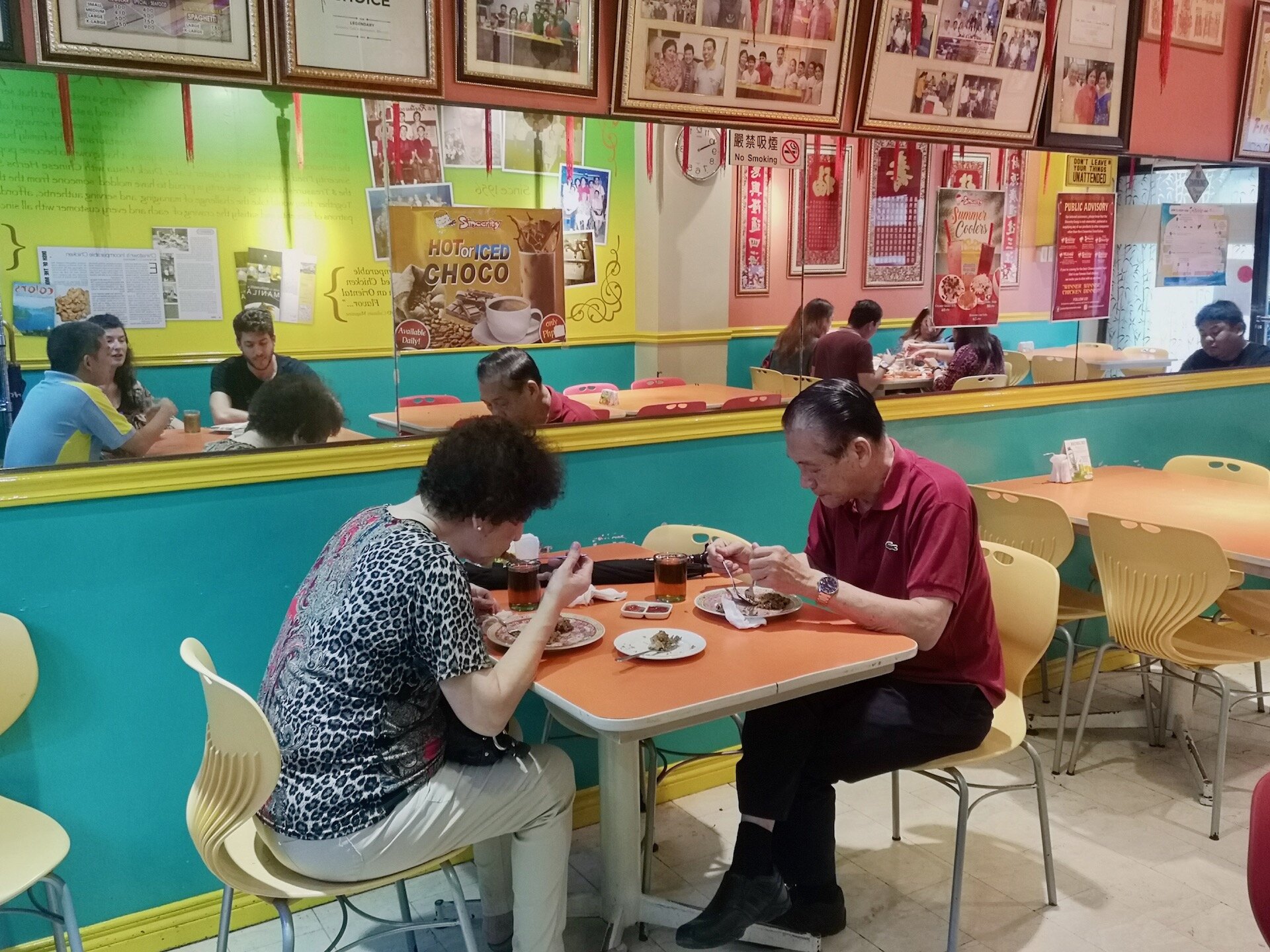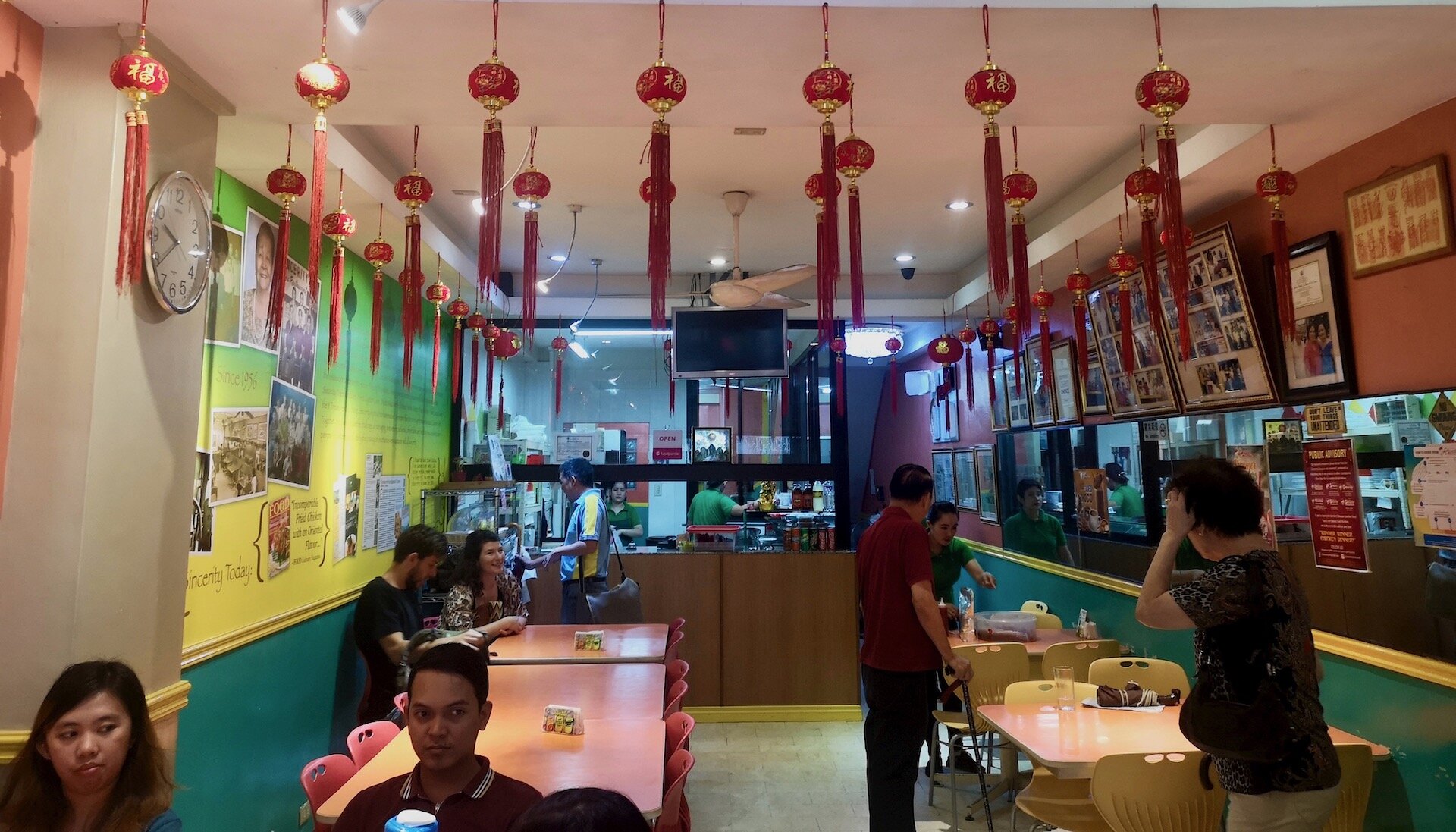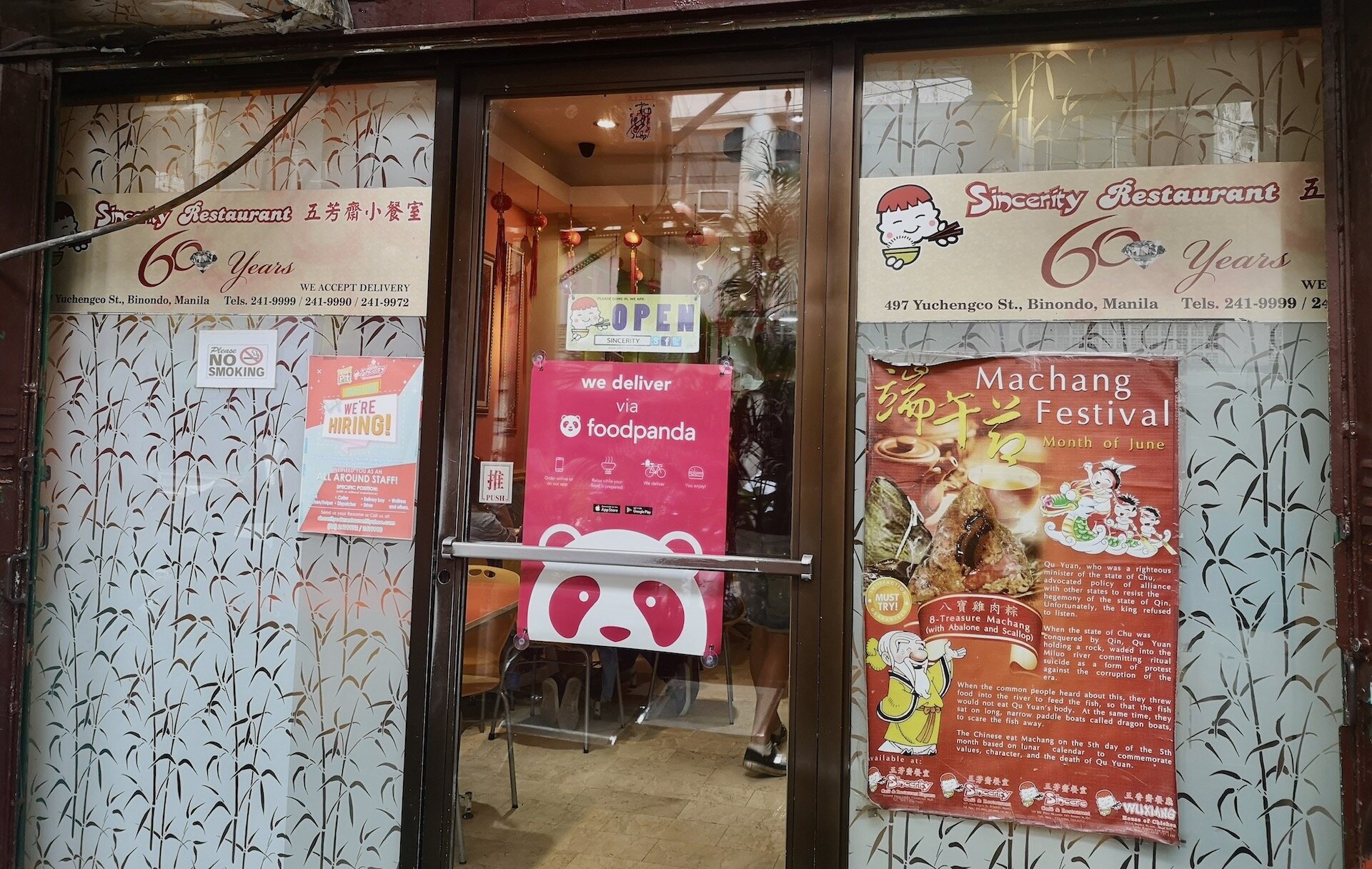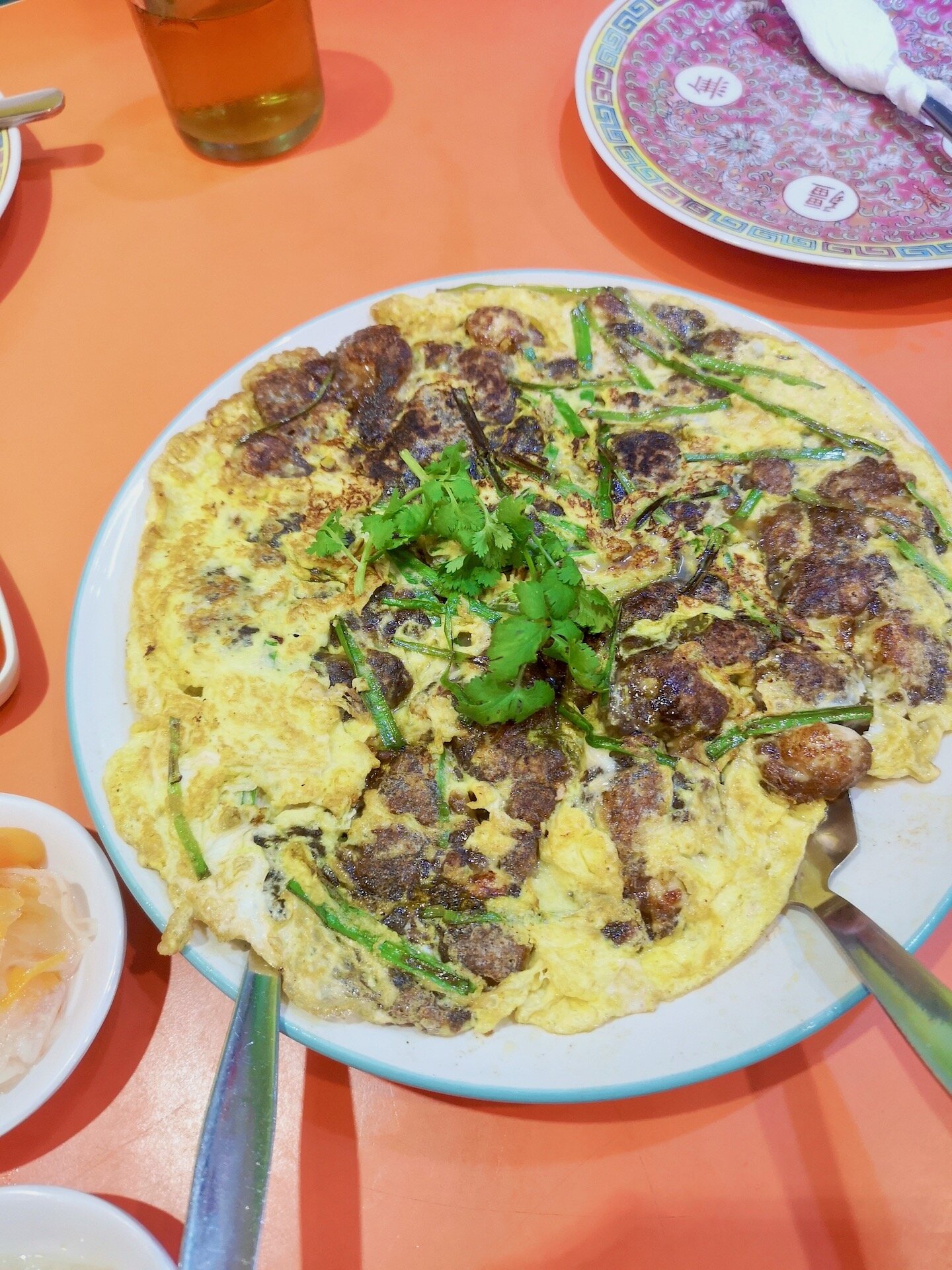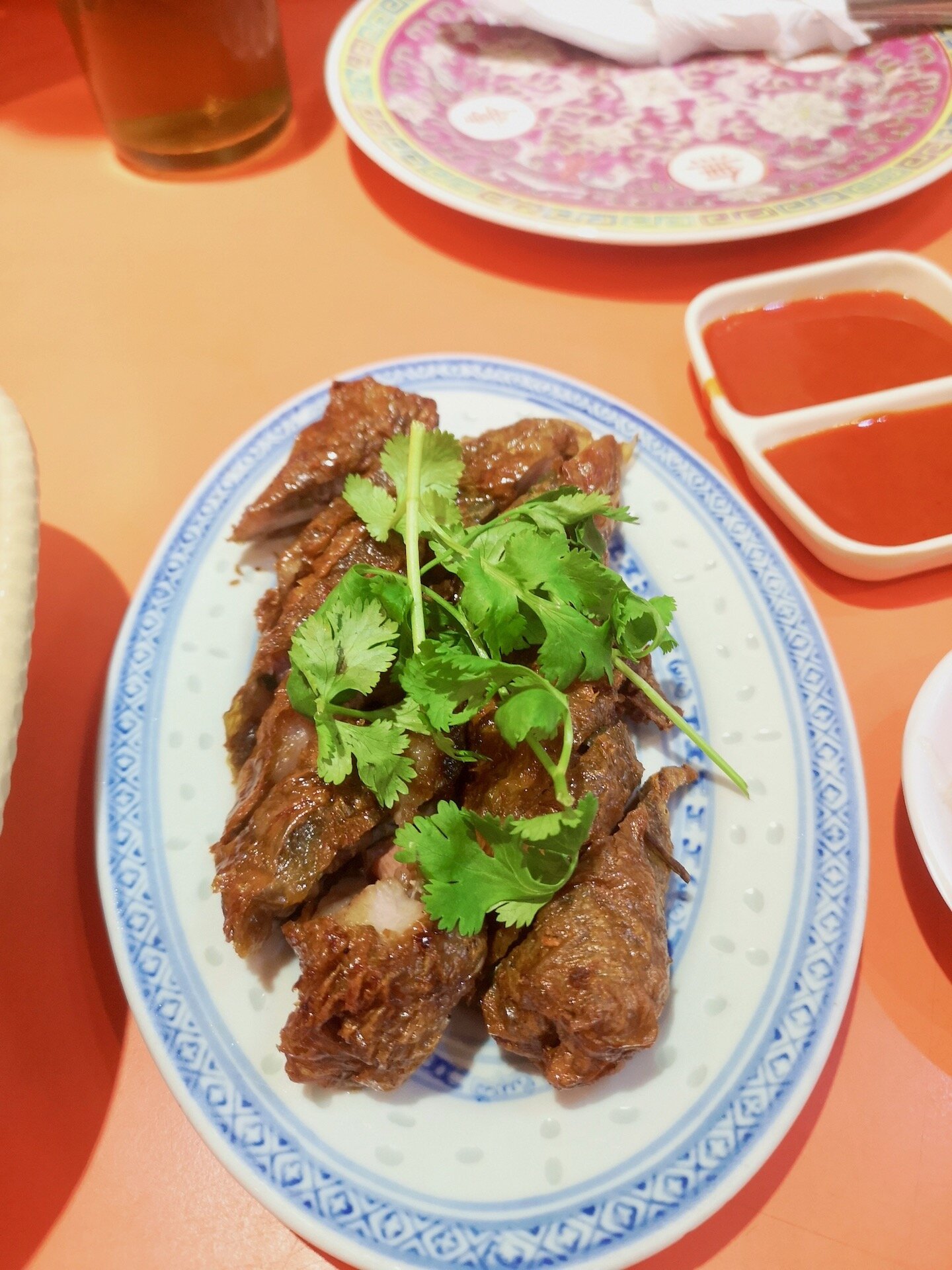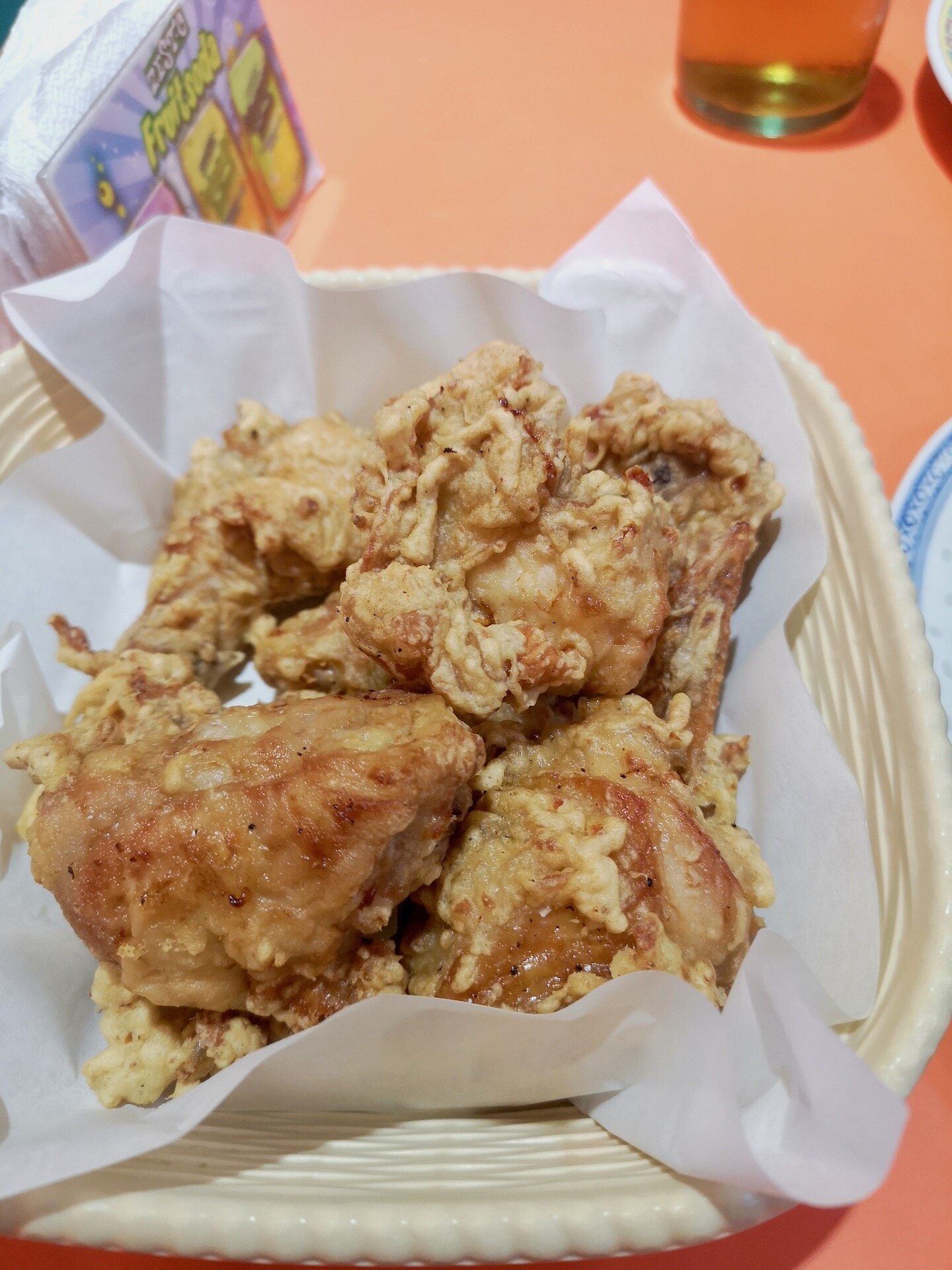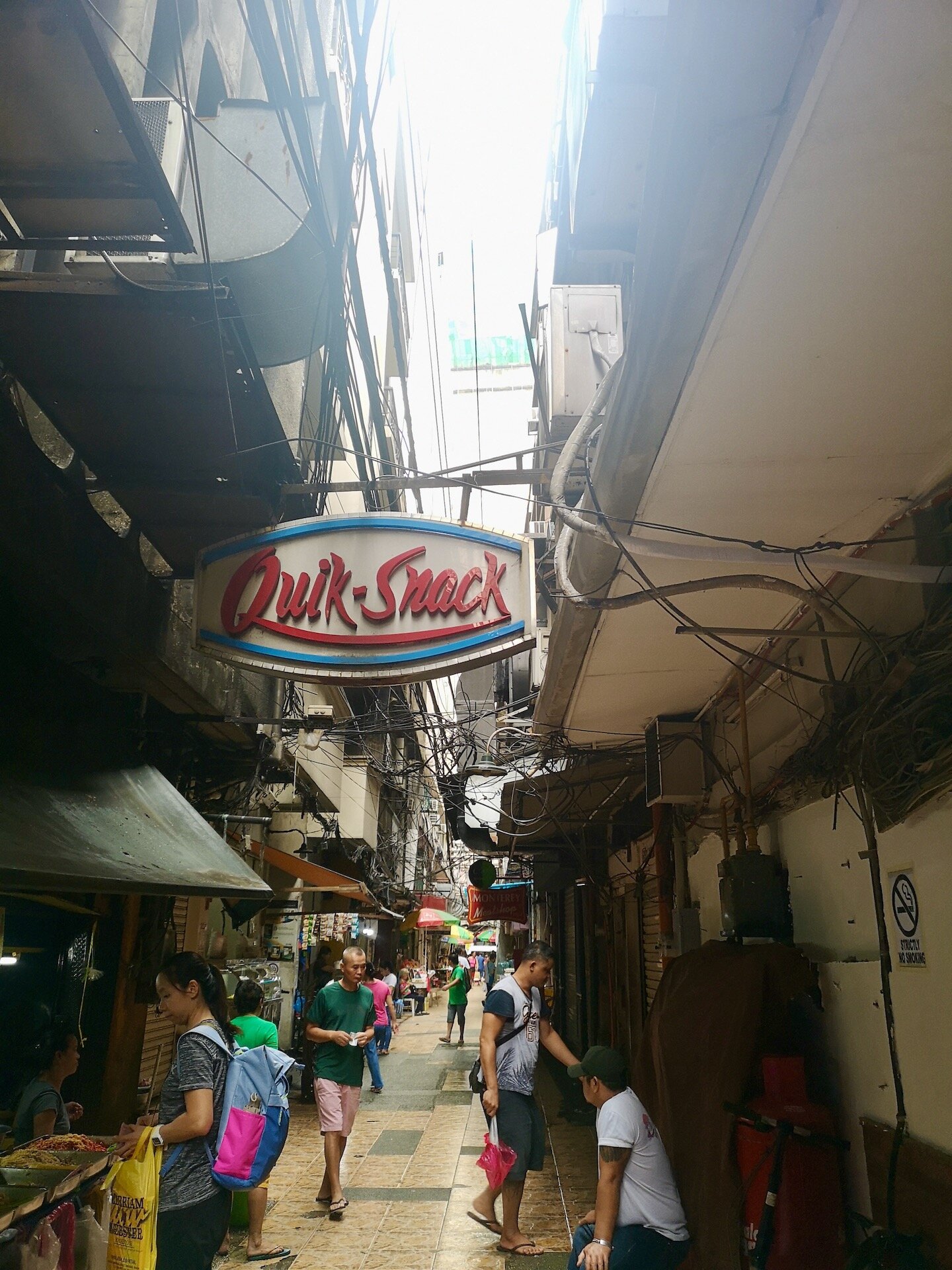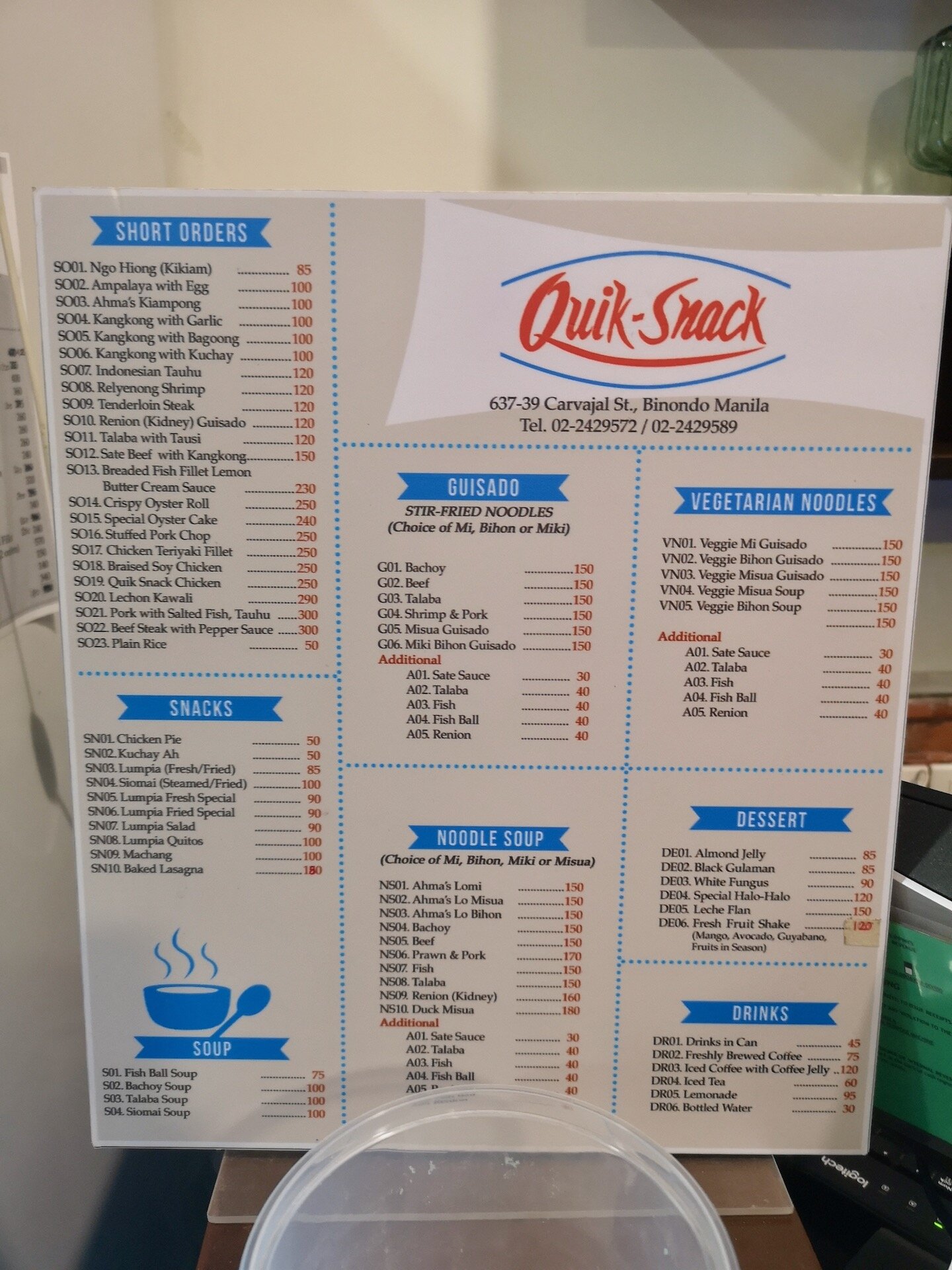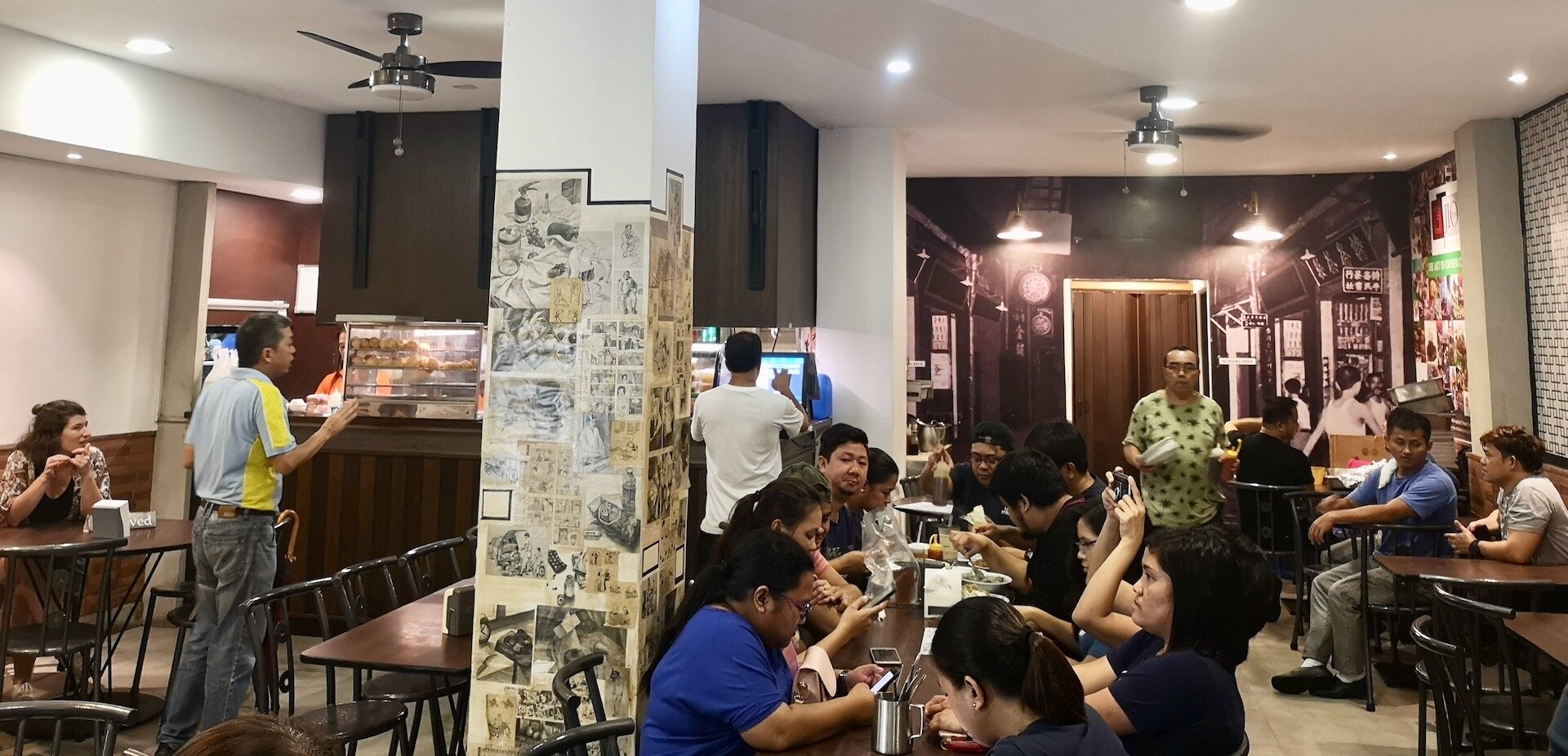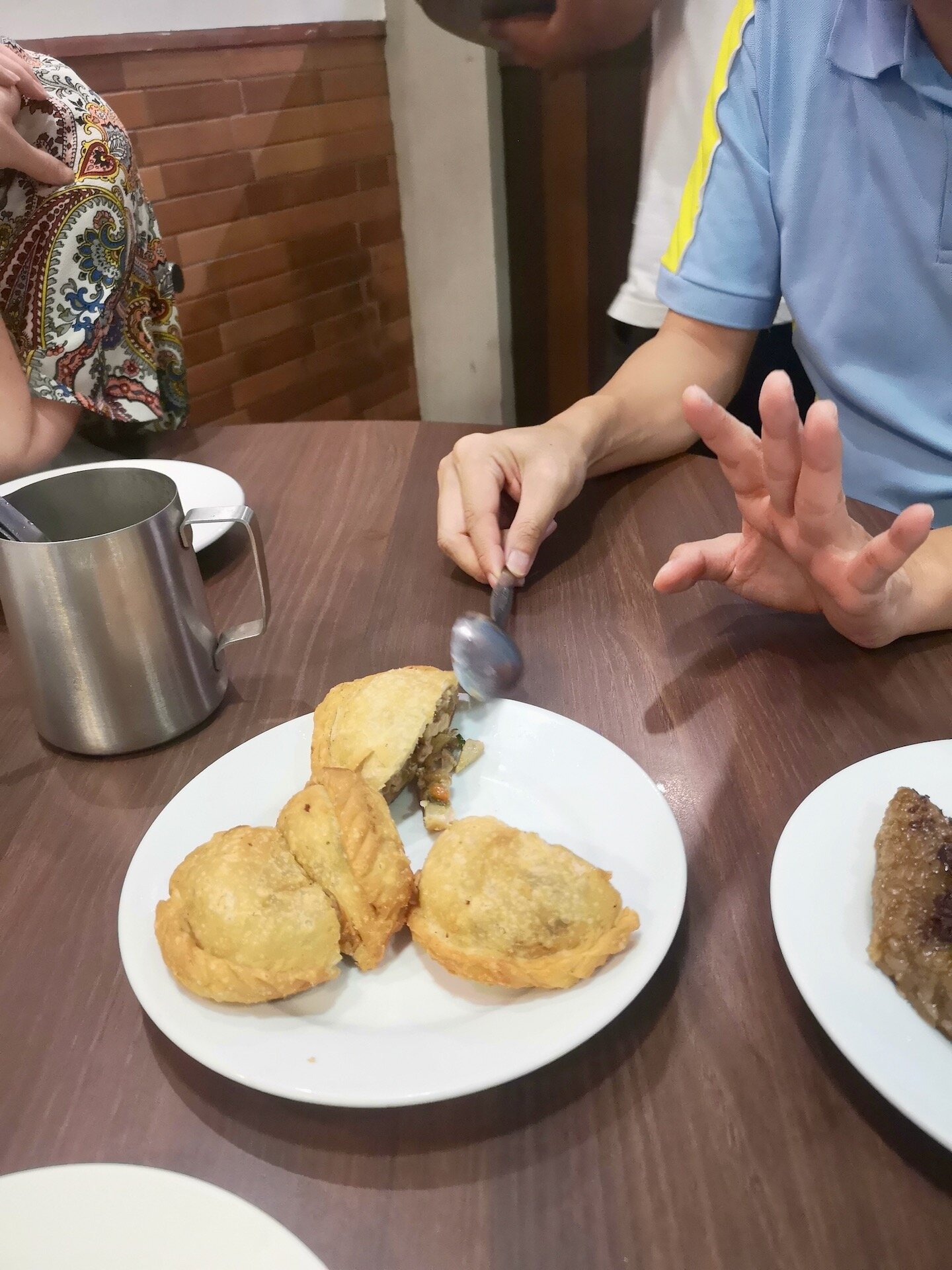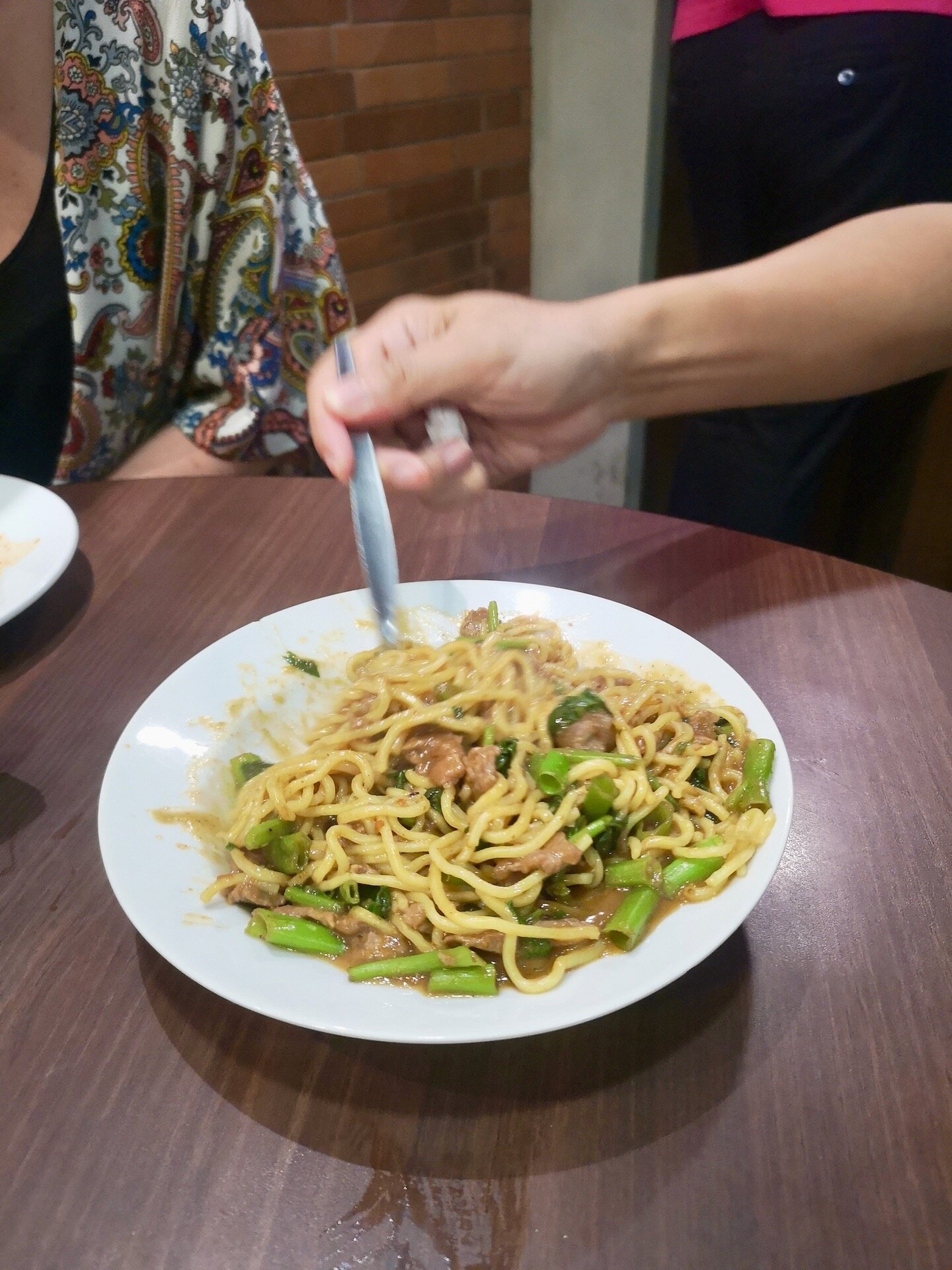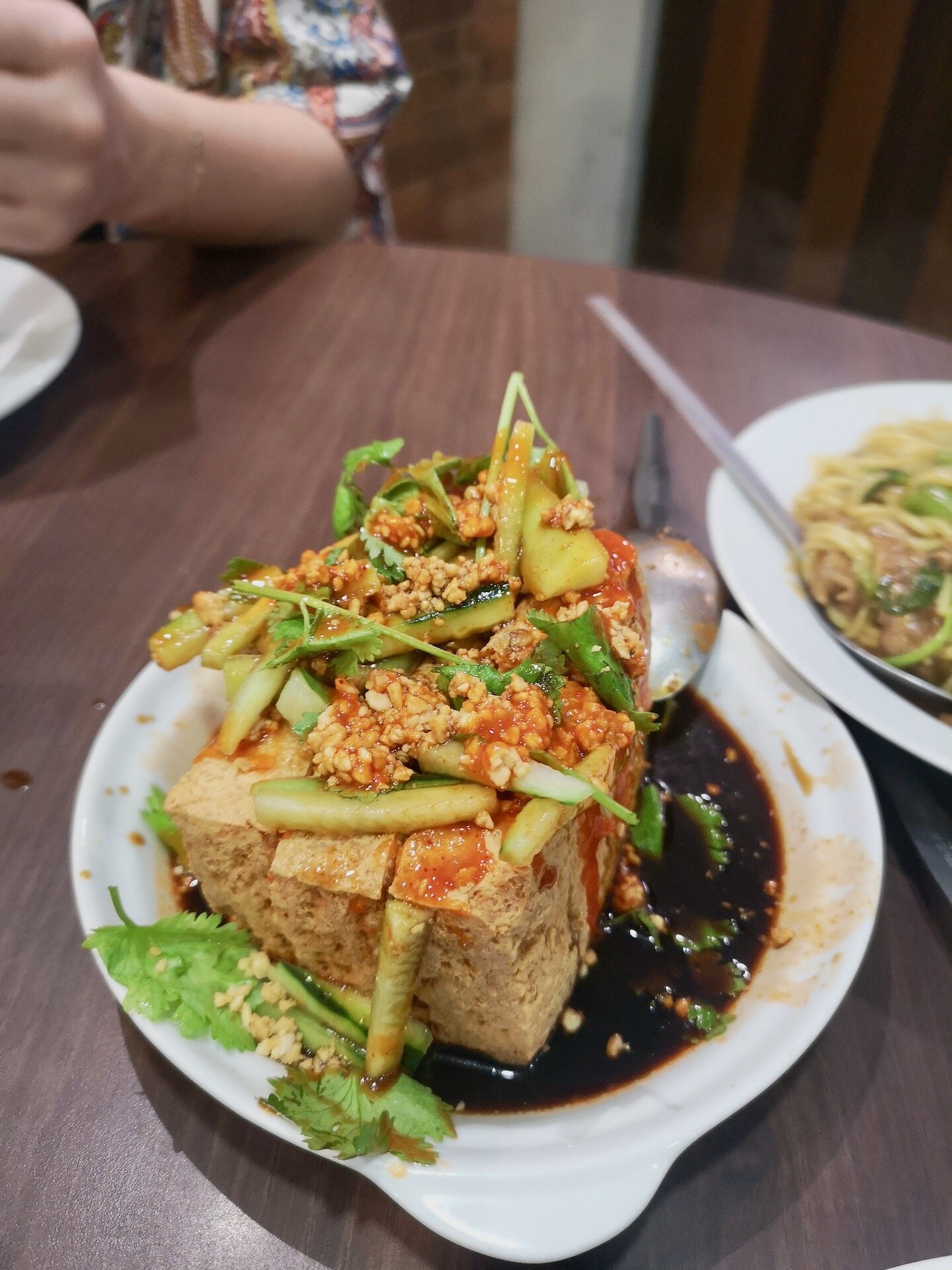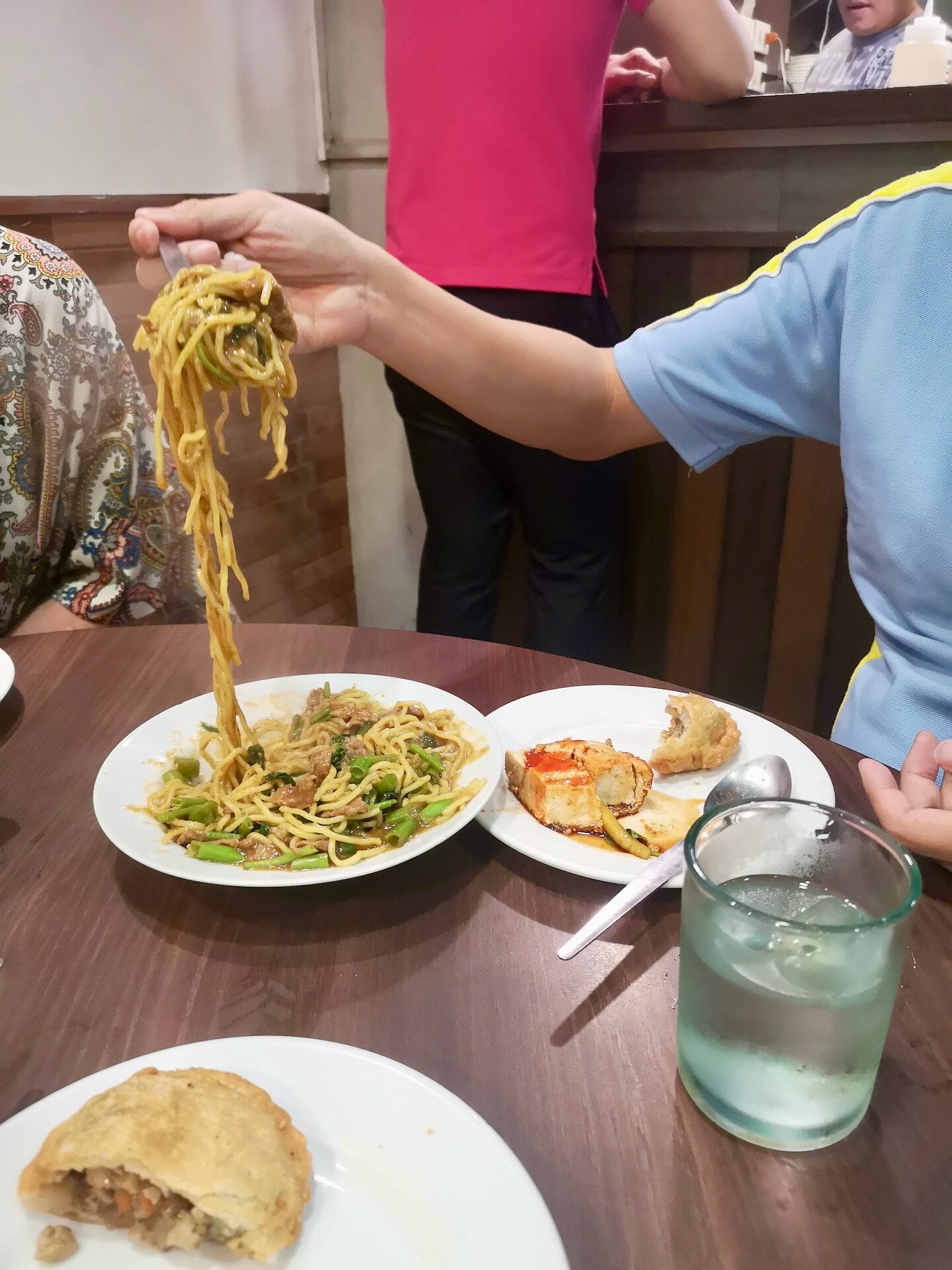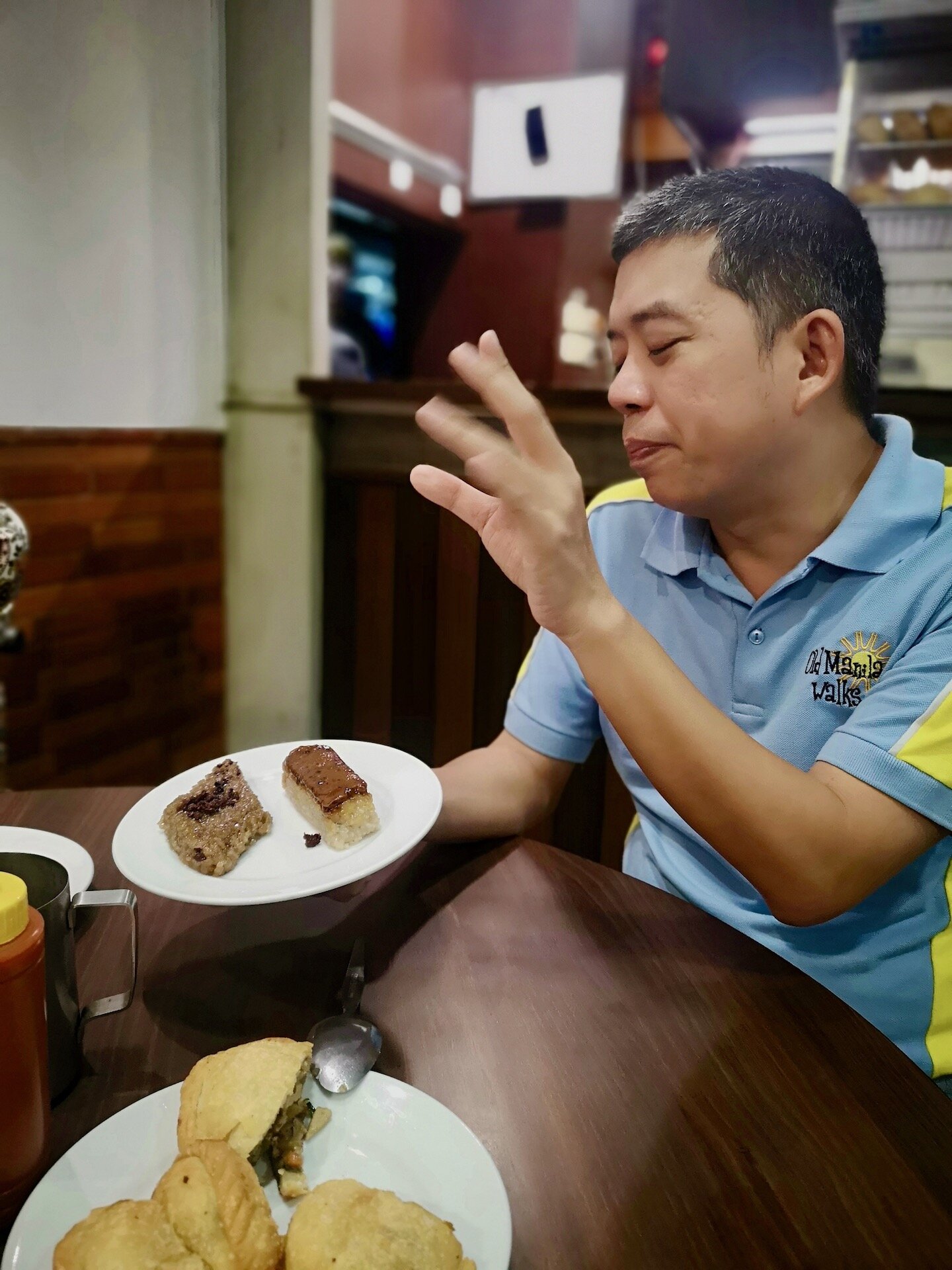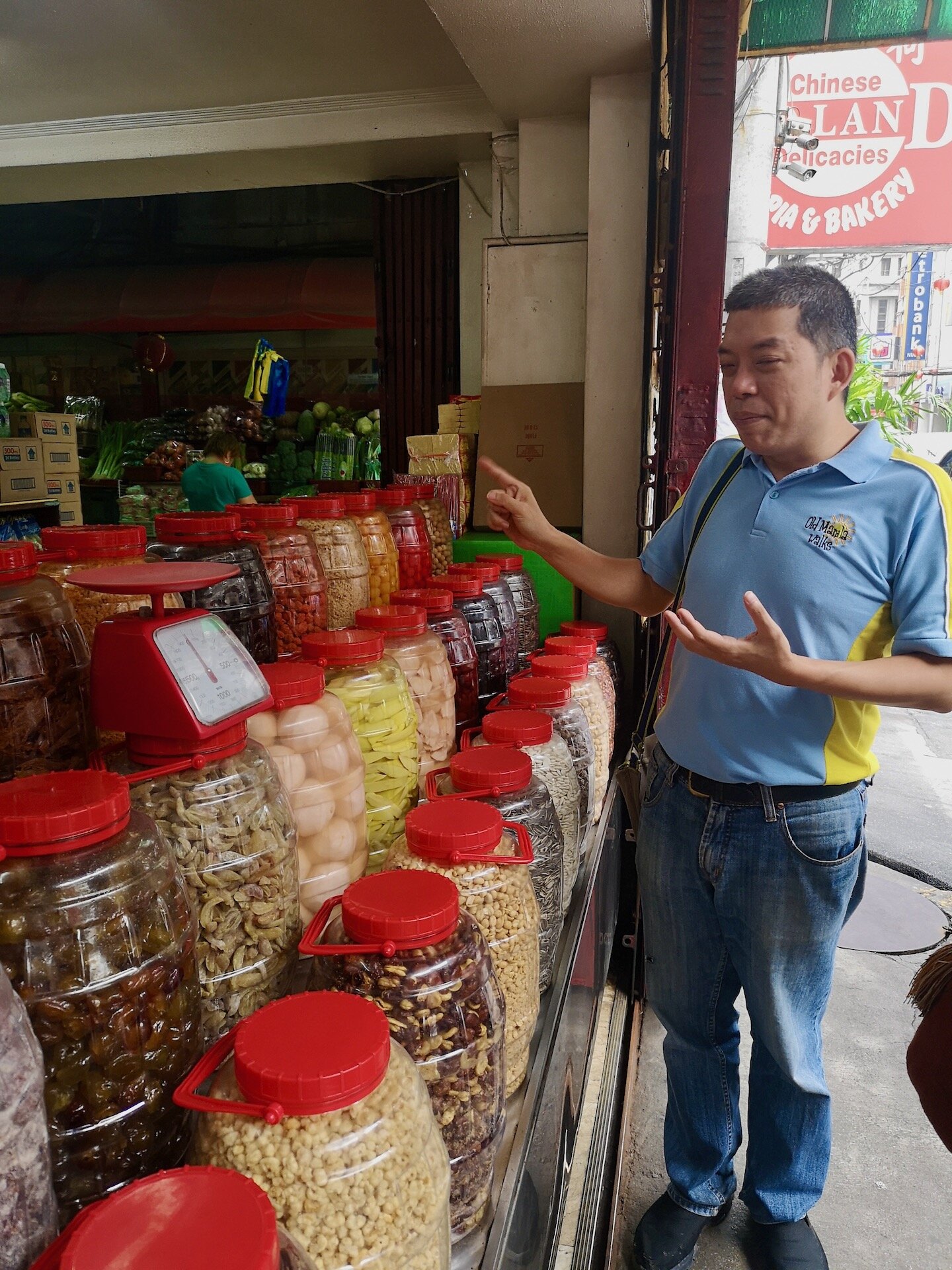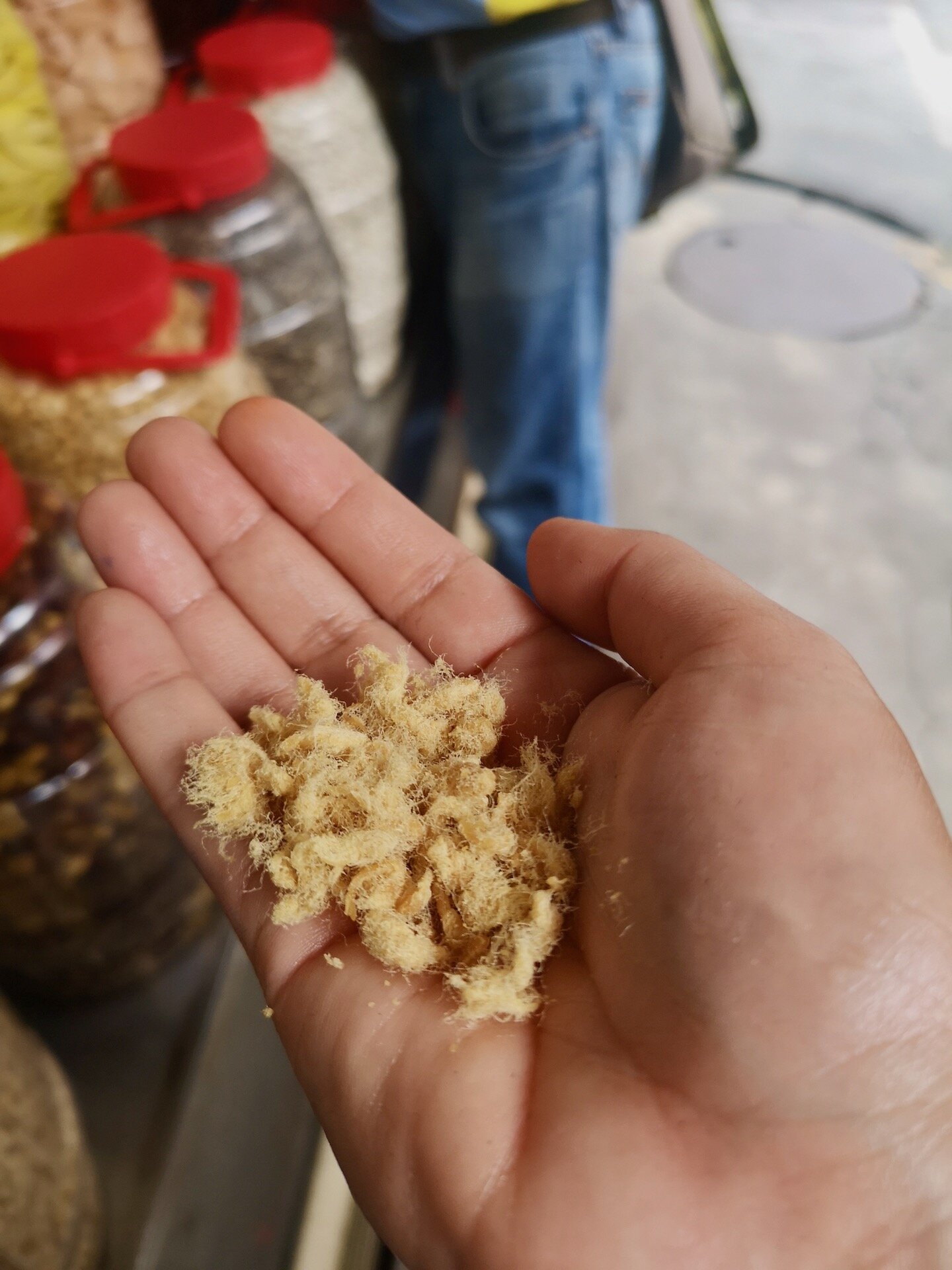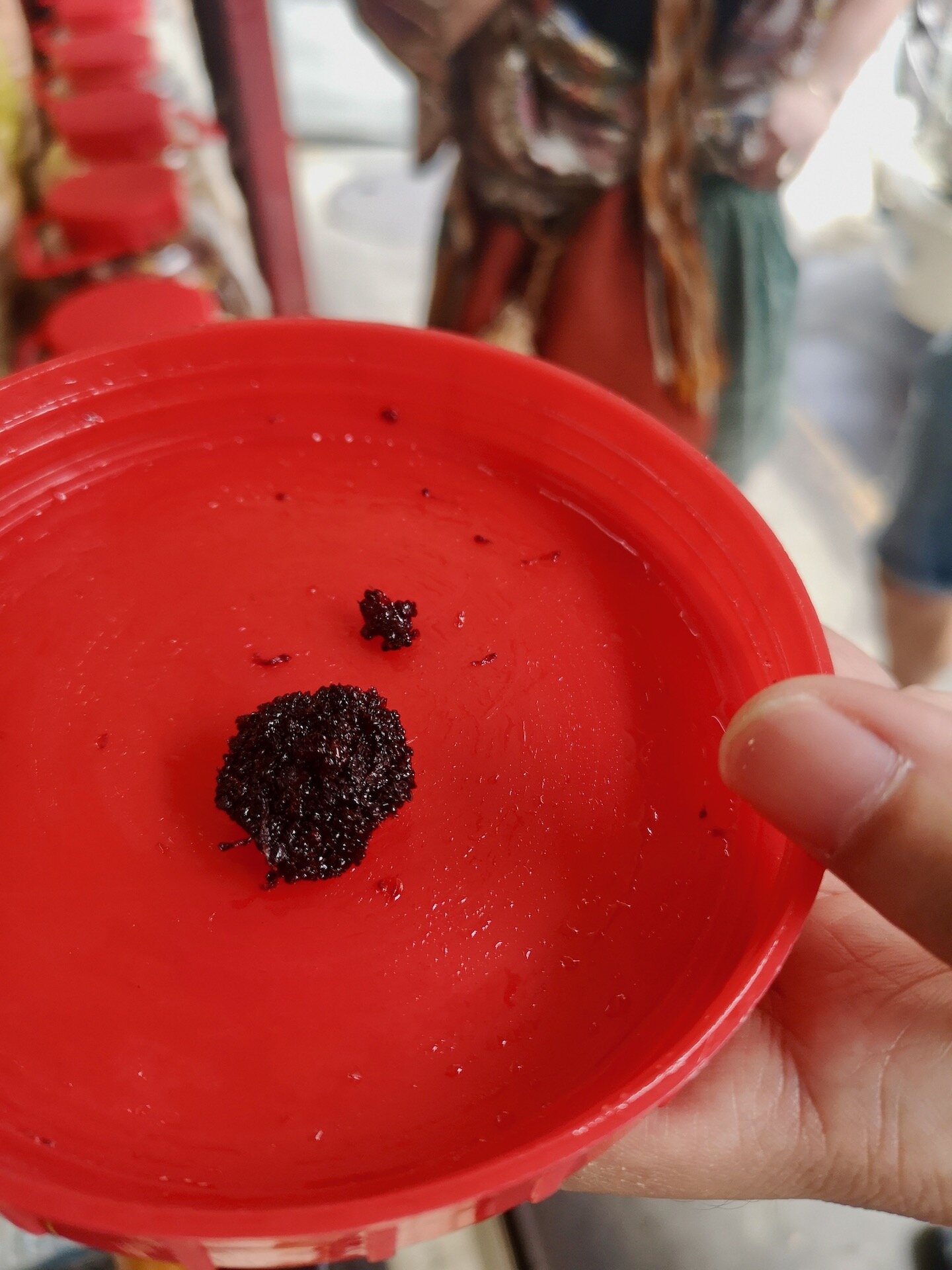A Food Tour Of Manila's Chinatown: The Big Binondo Food Wok
With the distance of living in Canada and over a dozen years away, I’ve come to realize, among other things, that seemingly small details often matter the most. And when those details include having Ivan Man Dy as your guide through Binondo - one of the world’s oldest Chinatowns - you’re pretty much set for a food trip to remember!
Last year, I finally got to join “The Big Binondo Food Wok” tour from Old Manila Walks. In the Philippine tourism industry, Ivan is well-known for the scope of his work around food and preserving the cultural heritage of neighbourhoods like Binondo. On their 2.5 hour tour you’ll get to see, hear, taste, smell and stroll through busy streets, stepping right into family restaurants and a variety of local establishments with so much history. I will never forget the best kikiam I’ve ever had from Sincerity Cafe.
What follows are highlights from the tour I took, and while yes, you could certainly visit these places independently - it just doesn’t compare to booking a guided tour. Don’t hesitate! And of course, please get in touch with Old Manila Walks directly for any queries.
A highly recommended tour to take, when we all can!
Our first stop was Polland Bakery, opened here in Binondo in 1966. By the time I was in high school, you could buy Polland’s pastries from fancy kiosks at the mall. I once ate most of a half-dozen box while waiting for someone to pick me up from the movies.
I had no idea they carried a lot more than just various flavours of hopia, which traditionally were filled with sweetened red mung beans. These days, root crops (like ube) are still a popular filling, alongside another personal favourite - the savoury hopia baboy, made with candied wintermelon suspended in a breadcrumb paste that’s spiked with pork fat.
From this location on busy Escolta St., I tried their Hokkien-style lumpia, a paper-thin crepe filled with shredded cabbage, carrots, some tofu, and lots of other things I wish I paid attention to.
Unfortunately, as I soon as I hit the sauce - made with peanuts, essential for this kind - nothing else seemed to matter. A very high standard to set for veggie wraps.
Our next stop was Sincerity Cafe, opened ten years earlier in 1956. What I knew ahead of time was that people I knew who went to Binondo typically raved about Sincerity’s fried chicken whenever the opportunity arose. What I didn’t expect was feeling, strangely, right at home. I imagine if one of my aunts happened to marry into the Uy family that started the business, it's a place we would have gone to for special occasions, like to celebrate a graduation.
For a quite a few private schools in Manila (such as mine), convocation ceremonies were held in huge, air-conditioned function halls, like the Philippine International Convention Center along nearby Roxas Boulevard. Completing the sixth grade, and moving on into your first year of high school (prior to the K-12 system) was kind of a big deal, and I can totally see my family making a beeline for the nearest parking spot.
Sincerity Cafe’s Fried Chicken, Kikiam and Fried Oyster Cake. The best!
The walls were covered with framed restaurant reviews and photos of celebrities, smiling broadly over tables laden with food. Weaned as I am to soft lighting, I have to note the fluorescent is about as striking as the menu, but that’s a good thing. That straightforwardness belies how deep and complex each of these dishes taste. I wonder if they’re as difficult to make. That oyster omelette was legitimately out of this world - full of so much flavour, with dozens of plump little oysters in a sticky, savoury filling, surrounded by fluffy eggs.
And that kikiam. I mean, I’ve never had anything close to it, flavour and texture-wise (granted, what I’ve basically eaten until now has never been homemade). Unforgettable. The fried chicken they’re famous for was also excellent - as deliciously crisp and juicy as it gets. Very much like karaage!
Down a partially covered alley that is actually one of Binondo’s oldest alleys, Carvajal St., was the extremely unassuming Quik Snack - my favourite stop of the tour. As Ivan explains, it’s the kind of place families and groups of friends make plans to go to. And it will always be a very busy spot for lunch.
Opened by Pilar Lim Giok Ki, or Amah Pilar, in 1967 - when she was 60 (!) - the restaurant’s fame has grown way beyond Binondo’s borders. If you’re looking for Tsinoy cuisine, Ivan says, here’s a very good place to enjoy it.
Zooming in to read ”Memories of Amah’s Kitchen” gives you a good idea of what stepping into the restaurant feels like - but you’ll just have to be there for delicious whiffs of everything coming out of the kitchen.
We ate '‘kuchay ah”, a flaky empanada-like pastry stuffed with a savoury pork, vegetable and chive filling. I particularly liked the pastry to filling ratio! Next followed a classic from the short order menu - a plate of beef guisado, or stir-fried noodles, made with thick wheat noodles called miki and spiked with a spicy sate sauce considered a Quik Snack specialty.
But it’s really their Indonesian Tauhu - a mainstay on Amah Pilar’s menu - that would qualify as a showstopper in a reality cooking show. I see why it’s a bestseller!
Next we stopped by a candy and snack shop, which Ivan says has been in the same spot for many years, without a sign, because locals just know where to go. I couldn’t name half of the foods on display even if I wanted to. Time for a mystery tasting!
We end the Big Binondo Food Wok with a visit to Eng Bee Tin, the big name in Binondo food brands. Their products are available in grocery stores, malls, transportation hubs and airports across the Philippines, and they’re exported widely around the world.
The Chua family struck gold with their ube-flavoured hopia in the 1980s, and today most people in the Philippines readily associate Eng Bee Tin with any mention of Binondo, hopia or tikoy.
At the Eng Bee Tin flagship store on 628 Ongpin St. You can’t miss the shop, nor the giant decorative hopia by the entrance.
I hope you get a chance to take this highly enlightening, delicious food tour!

